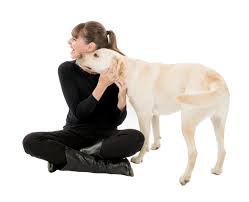Harnessing the Power of Positive Reinforcement
Positive reinforcement is a cornerstone of effective dog training. It involves rewarding desired behaviors to increase their frequency. By consistently reinforcing positive actions, you can shape your dog’s behavior and build a strong bond.
Key Principles of Positive Reinforcement:
- Timing is crucial: Rewards should be delivered immediately after the desired behavior to create a clear association.
- Use high-value rewards: The reward should be something your dog finds motivating, such as treats, praise, or playtime.
- Be consistent: Consistency is key to effective training. Use the same cues and rewards each time.
- Break down behaviors: Complex behaviors can be broken down into smaller, more manageable steps.
- Keep training sessions positive and fun: A positive and enjoyable training experience will enhance your dog’s motivation.
Beyond Positive Reinforcement: Other Effective Techniques
While positive reinforcement is a powerful tool, it’s not the only approach to dog training. Other effective techniques include:
- Negative Reinforcement: This involves removing an aversive stimulus to increase a desired behavior. For example, releasing pressure on a leash when your dog sits.
- Positive Punishment: This involves adding an aversive stimulus to decrease an undesired behavior. However, it’s important to use this technique carefully and ethically.
- Negative Punishment: This involves removing a positive stimulus to decrease an undesired behavior. For example, ignoring a dog that is jumping up.
Common Training Techniques:
- Clicker Training: A versatile training method that uses a clicker to mark the desired behavior, followed by a reward.
- Shaping Behavior: Gradually shaping a behavior through successive approximations.
- Capturing Behaviors: Rewarding behaviors that occur naturally.
Building a Strong Bond Through Training:
- Patience and Consistency: Training takes time and effort. Be patient and consistent with your training sessions.
- Clear Communication: Use clear and concise cues to communicate with your dog.
- Positive Reinforcement: Reward your dog’s successes, no matter how small.
- Avoid Punishment: Punishment can lead to fear, anxiety, and aggression.
- Seek Professional Help: If you’re struggling with training, consult with a qualified dog trainer or behaviorist.
By understanding the science behind dog training and applying effective techniques, you can build a strong bond with your furry friend and enjoy a well-behaved companion.
